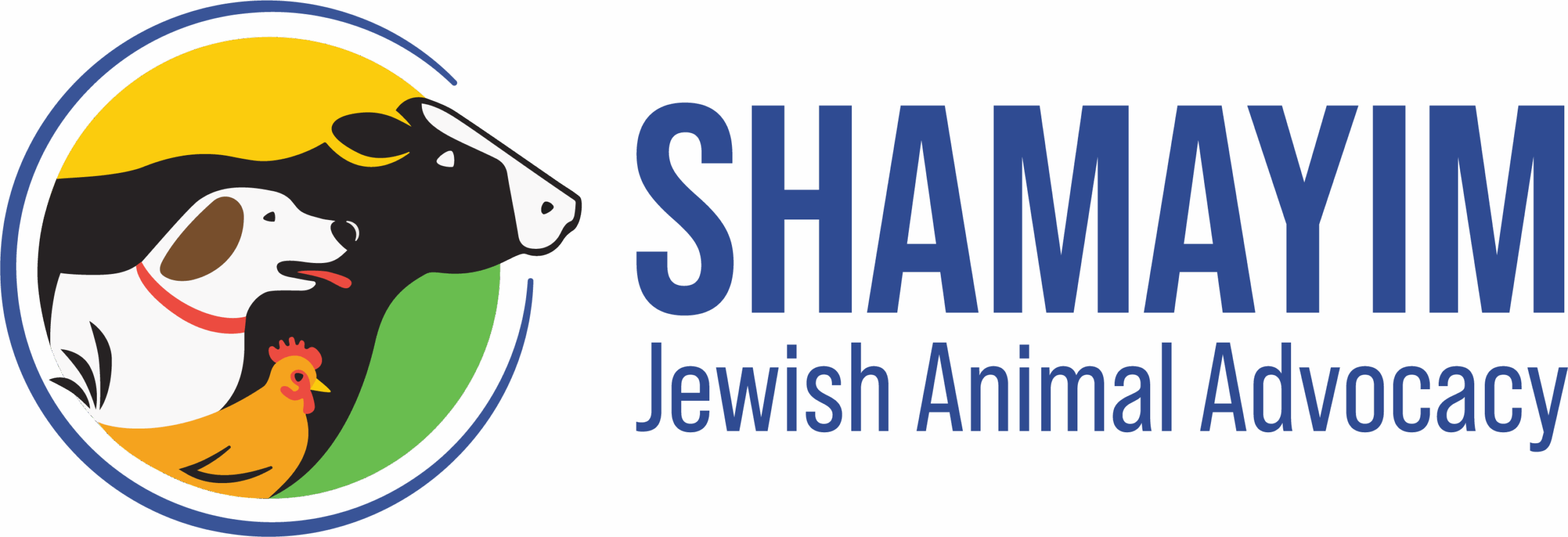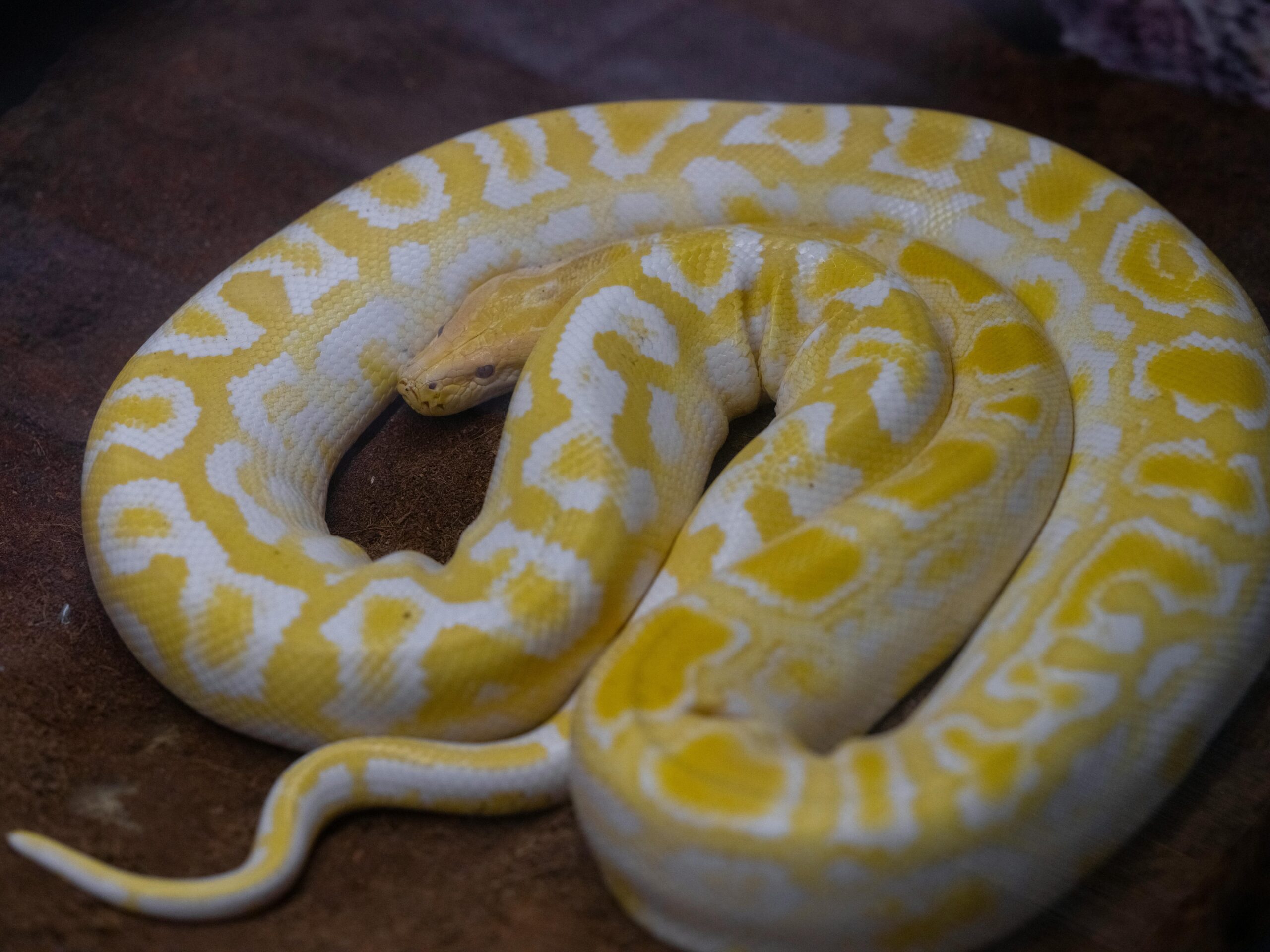The global pet industry has expanded far beyond cats and dogs. From parrots and turtles to sugar gliders and even primates, the demand for exotic companion animals—species that are non-domesticated and often taken from the wild—has surged in recent decades. While these animals may seem fascinating and unique, often promoted by social media influencers, their presence in homes worldwide raises ethical, environmental, and public health concerns.
While many people who keep exotic animals may genuinely care for them, the reality is that these creatures are not meant to live in human homes. They have complex social, environmental, and dietary needs that are often impossible to replicate outside of their natural habitat. The exotic pet trade fuels animal suffering, disrupts ecosystems, and poses serious risks to human health and safety. From a Jewish perspective, this issue intersects deeply with teachings on compassion, stewardship, and the sanctity of all life.
The exotic pet trade is a multi-billion-dollar global industry, with the United States being one of the largest markets. Around 17 million exotic animals—including reptiles, amphibians, birds, and mammals—are imported into the country each year. Many of these animals are captured from the wild, while others are bred in captivity under conditions that fail to meet their complex physical and psychological needs.
Despite efforts to regulate the trade, loopholes in federal and state laws allow many species to be bought, sold, and kept with little oversight. Some states have stringent restrictions on exotic pets, while others—such as Nevada, North Carolina, and Wisconsin—have virtually no laws preventing individuals from owning even dangerous wild animals like big cats and primates. In these states, owning a tiger may be easier than adopting a dog from a shelter.
The Suffering Behind the Industry
Capture and Transport
For many exotic animals, their journey to becoming someone’s pet begins with brutal capture methods. In the wild, poachers remove baby animals from their mothers, often killing the adult animals in the process. For example, the illegal bird trade results in the deaths of three to four birds for every one bird that reaches a buyer, as many die due to stress and poor handling.
Once captured, animals endure inhumane transport conditions. Smuggled in cramped cages, plastic bottles, or shipping containers with inadequate food, water, or air circulation, many die before they ever reach a pet store or private seller. Some exotic pets are stuffed into suitcases or mailed in boxes without ventilation. The stress of transport alone kills up to 90% of captured exotic animals before they reach their final destination.
[Reptiles in the exotic pet trade industry are kept and transported in tiny plastic containers, causing significant welfare concerns. Source: MediaNews Group/Orange County Register, Getty Images]
Captive Care Challenges
Unlike domesticated animals, exotic species have highly specific environmental, dietary, and social needs that are nearly impossible to replicate in a home setting.
- Reptiles require precise temperature and humidity control, but many die from metabolic bone disease or respiratory infections due to improper care.
- Birds are highly intelligent and social, yet many suffer from stress-related disorders such as feather plucking when kept in isolation. Parrots, for example, can live 60–80 years but often suffer extreme loneliness in captivity.
- Primates, such as capuchins and marmosets, often exhibit self-harming behaviors and severe psychological distress when deprived of the complex social environments they need to thrive.
- Big cats, such as tigers and lions, require hundreds of miles to roam, yet many live their entire lives confined to small enclosures.
Exotic pet owners unknowingly contribute to animal suffering, believing they are providing good care. The reality is that most exotic animals, even those bred in captivity, remain wild at heart. They do not belong in cages or human homes.
[A wild bear is kept in a barren metal cage while being hand-fed by a human. Source: Animals Lebanon]
The “Disposable” Pet Problem
When owners realize they cannot meet the needs of their exotic pets, many attempt to release them into the wild or surrender them to overburdened wildlife sanctuaries and rescues. The exotic pet trade fuels the problem of invasive species, as seen with Burmese pythons in Florida, which were introduced after pet owners abandoned them. These large snakes have devastated native wildlife populations in the Everglades.
Other animals, such as unwanted pet monkeys or parrots, end up in underfunded and overcrowded sanctuaries that lack the resources to care for them. Unlike dogs and cats, exotic animals cannot be rehomed easily, and once they are raised in captivity, they can rarely be released back into the wild. Many animals face euthanasia when their owners can no longer care for them.
Public Safety and Zoonotic Disease Risks
Exotic pet ownership doesn’t just endanger animals—it poses serious risks to human health and safety.
- Many species, particularly reptiles and amphibians, carry zoonotic diseases like salmonella, which can spread to humans. The CDC estimates that reptiles cause over 70,000 cases of salmonella infections in the U.S. annually.
- Exotic mammals, including monkeys, raccoons, and bats, can transmit rabies, tuberculosis, and other infectious diseases.
- Large exotic animals, such as big cats and venomous snakes, are unpredictable and dangerous. Over the years, there have been numerous cases of escaped exotic pets attacking their owners or unsuspecting bystanders.
The COVID-19 pandemic underscored the dangers of the wildlife trade, with evidence suggesting that the virus likely originated from human-animal interactions in wildlife markets. While most people focus on the illegal wildlife trade as the culprit, legal exotic pet markets also create opportunities for zoonotic spillover—the transmission of diseases from animals to humans.
Conservation Consequences
The exotic pet trade contributes significantly to biodiversity loss. The removal of animals from the wild destabilizes ecosystems, disrupts predator-prey relationships, and threatens already endangered species.
For example:
- The African grey parrot has suffered drastic population declines due to overexploitation for the pet trade, leading to its classification as an endangered species.
- Slow lorises, small primates native to Southeast Asia, are often captured for the pet trade and have their teeth painfully removed to make them “safer” pets.
- Turtles and tortoises are taken in massive numbers for the pet industry, contributing to population collapse.
Moreover, breeding exotic animals in captivity does not alleviate the problem. Many species bred for the pet trade are hybrids or genetically compromised, making them unsuitable for reintroduction into the wild. The best way to protect wildlife is to leave it in the wild.
A Call for Change
Stronger legal protections, enforcement, and public awareness are crucial in addressing the exotic pet crisis. Some solutions include:
- Banning the commercial trade of wild-caught animals and enforcing stricter regulations on captive breeding.
- Educating potential pet owners about the realities of exotic pet care before they make a purchase.
- Shutting down illegal wildlife trade networks and cracking down on smuggling operations.
- Supporting conservation efforts that protect wild populations from being exploited for the pet trade.
From an ethical perspective, the values of compassion, respect for biodiversity, and the protection of natural freedom align with opposing the exotic pet trade. These animals do not belong in cages, basements, or backyard enclosures—they belong in the wild, in their natural habitats, where they can live as they were meant to.
As consumers, we have a responsibility to reject industries that exploit wild animals for profit and entertainment. By supporting laws that restrict the trade, choosing ethical and sustainable ways to appreciate wildlife, and spreading awareness, we can help ensure that exotic animals remain where they belong—in the wild, not in our living rooms.


Leave a Reply